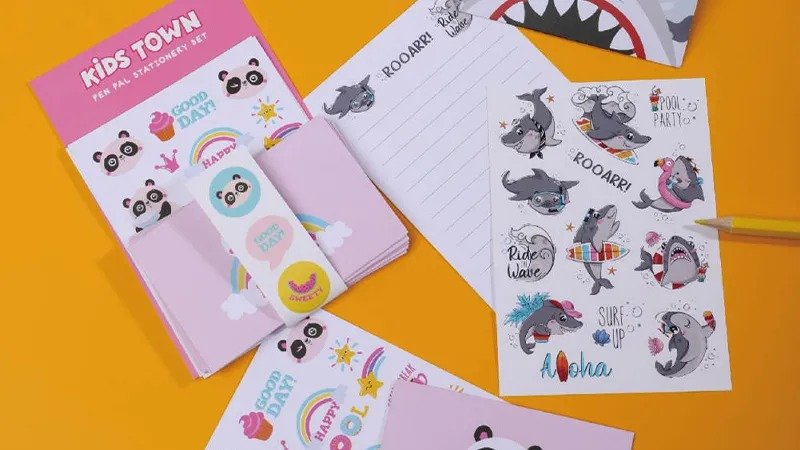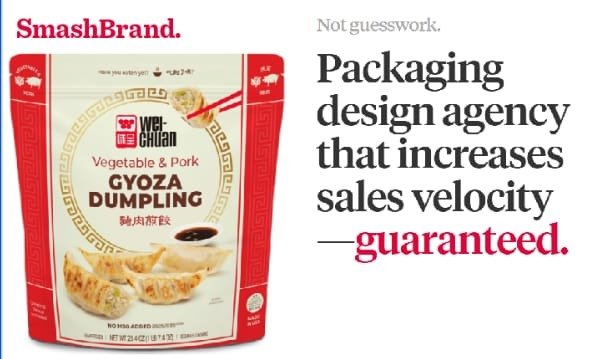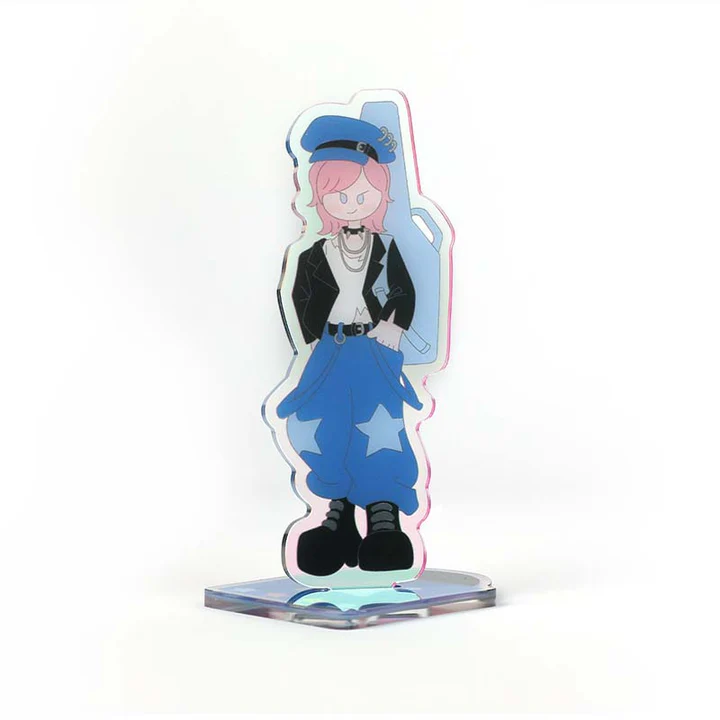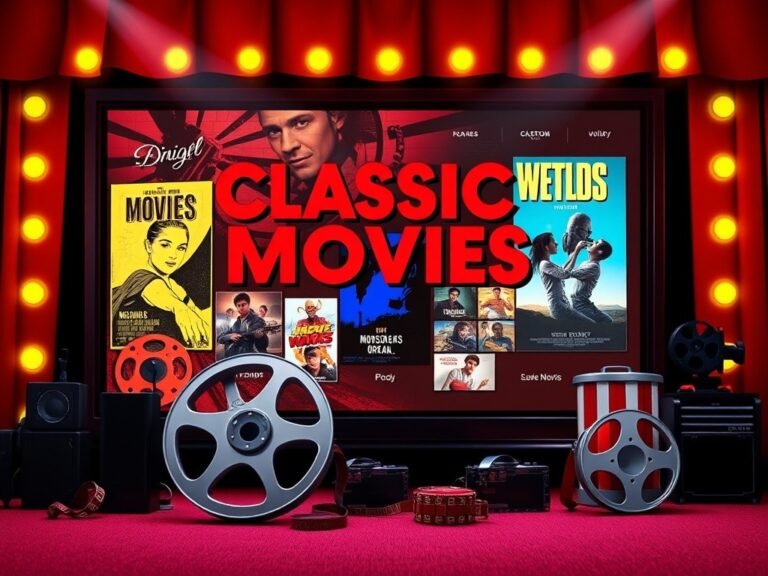
Introduction to Sticker Culture
Stickers have become an integral part of modern culture, serving as both a form of personal expression and a powerful marketing tool. Whether they’re adorning laptops, water bottles, cars, or notebooks, stickers communicate identity, beliefs, and affiliations in a visually engaging way. This article delves into the fascinating world of stickers, examining their history, types, applications, and how to choose the perfect one for your needs.
History and Evolution of Stickers
Stickers have a rich history that dates back to ancient times when merchants in Egypt used papyrus paper to advertise their products on walls. Fast forward to the 19th century, and we see the introduction of postage stamps and labels, which laid the groundwork for modern sticker designs.
The evolution continued with the advent of pressure-sensitive adhesives in the 1930s, making stickers more user-friendly and versatile. Over the decades, technological advancements such as digital printing have revolutionized sticker manufacturing, resulting in a wide range of styles and applications available today.
Types of Stickers
Understanding the different types of stickers is essential for selecting the right one for your purpose. Here are some popular types:
Vinyl Stickers
Vinyl stickers are among the most durable options available. Known for their weather-resistant properties, they are ideal for outdoor use. Vinyl stickers can be glossy or matte and are often used for car decals and outdoor signage.
Paper Stickers
Paper stickers are typically used for indoor applications due to their less durable nature compared to vinyl options. They are often used for labeling products or as decorative elements on stationery.
Die-Cut Stickers
Die-cut stickers are cut precisely to the shape of the design rather than a standard shape like a square or circle. This type offers a professional appearance and is commonly used in branding.
Bumper Stickers
Bumper stickers have long been a method for individuals to express opinions or affiliations on vehicles. Made from durable materials to withstand weather conditions, they remain a popular choice due to their visibility.
Customization Options
Customizing stickers is an art in itself, allowing individuals and businesses to create unique designs tailored to specific needs or branding guidelines. Some customization options include:
– Size: From small labels to large decals.
– Shape: Standard shapes or custom die-cuts.
– Finish: Matte, gloss, or UV coating.
– Adhesive Type: Permanent or removable adhesives based on application necessity.
Companies like HelloPrint offer comprehensive sticker printing services that cater to both personal and corporate demands.
Uses and Applications
Stickers are incredibly versatile, finding uses across various sectors:
– Personal Expression: Individuals use stickers to personalize belongings like laptops and water bottles.
– Education: Educational institutions use them as rewards or teaching aids.
– Retail: Product labeling helps in branding and providing information.
– Events: Event organizers use them for badges or promotional giveaways.
Choosing the Right Sticker for Your Needs
Selecting the right sticker involves considering several factors:
– Purpose: Define whether it’s for decoration, information dissemination, branding, or personal expression.
– Environment: Indoor versus outdoor use will dictate material choice.
– Quantity: Bulk orders might benefit from cost-effective solutions offered by commercial printers.
– Budget: Balance quality with cost considerations.
Environmental Considerations in Sticker Production
With increasing awareness around environmental sustainability, sticker production is also seeing a shift towards eco-friendly practices. Some companies now offer biodegradable materials or recyclable adhesives that reduce environmental impact without compromising quality.
Consumers looking for sustainable options should consider:
– Recyclable Materials: Opting for materials that can be recycled post-use.
– Eco-friendly Inks: Water-based inks that are less harmful.
– Minimal Packaging: Reducing packaging waste by selecting bulk options where possible.
The Role of Stickers in Marketing and Branding
Stickers play a pivotal role in marketing strategies due to their affordability and wide reach potential. They serve as mobile advertisements that can significantly enhance brand visibility when placed strategically on consumer products or distributed during events.
Key benefits include:
– Cost-effectiveness: Compared to other forms of advertising.
– High Engagement: People love receiving free stickers which they often display publicly.
– Brand Loyalty: Custom stickers can strengthen brand identity among consumers.
Industry Trends and Innovations
The sticker industry continues to evolve with trends leaning towards personalization and technology integration:
– Augmented Reality (AR) Stickers: These allow users to experience digital interactions with physical stickers through smart devices.
– Interactive Designs: QR code integration that links directly to websites or social media platforms.
– Sustainable Practices: Increased demand for eco-conscious products driving innovation in materials and production processes.
Engaging with Sticker Communities
Sticker enthusiasts form vibrant communities both online and offline where they share designs, trade collections, and discuss trends. Engaging with these communities can provide inspiration for new designs or insights into market preferences.
Participating in forums or attending conventions dedicated to sticker culture not only enhances networking opportunities but also keeps one abreast of emerging trends.
In conclusion, whether you’re an individual looking to express your personality or a business aiming to amplify its brand presence, there’s a perfect sticker out there waiting for you. By understanding the various types available, customization options, applications, and industry trends, you can make informed decisions that align with your goals while also considering environmental impacts—making stickers not just an expressive medium but also a responsible choice in today’s market landscape.





